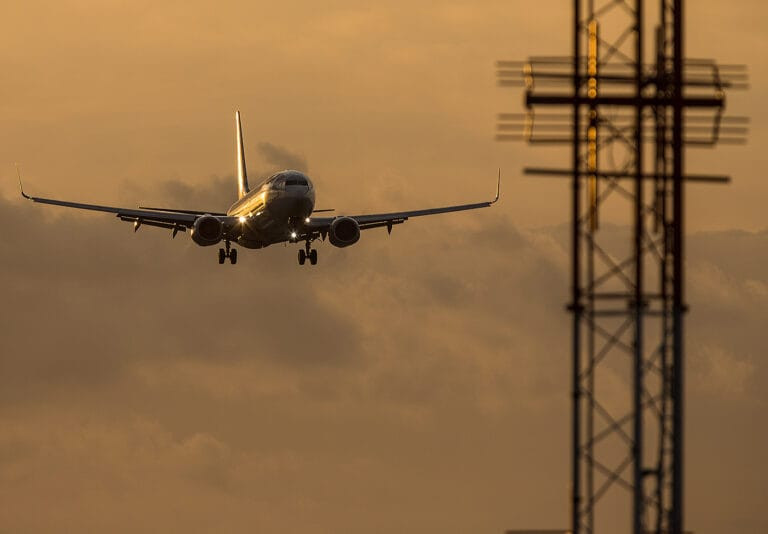Miami International Airport (MIA) has long been a critical player in global logistics, positioning itself as a strategic hub for trade between North and South America.
“Historically, Miami has been a hub for both passenger and cargo operations, and this is deeply rooted in our geography,” Emir Pineda, Director of Marketing and Air Service Development for the Miami-Dade Aviation Department, said.
MIA’s position as the “Hub of the Americas” stems from its extensive air connections to more than 200 destinations across the Caribbean, Latin America, and North America, with American Airlines playing a pivotal role in establishing this connectivity.
“Back when aviation first started, Miami was the launching point for air service into Latin America and the Caribbean,” Pineda recalled.
This geographic advantage has allowed MIA to dominate in freight services, accounting for 78 percent of exports and 82 percent of imports of trade volume with Latin America. However, its reach extends well beyond the Americas, with cargo services connecting to Europe, Asia, and Africa, making it a truly global gateway.
Room for expansion
As one of the largest cargo gateways in the world, Miami International Airport handles nearly three million tonnes of cargo annually, placing it among the top international freight hubs globally. However, with cargo volumes growing at an estimated 6 percent year-over-year, the airport is approaching its capacity. The new Vertical Integrated Cargo Community (VICC) project, a cornerstone of MIA’s expansion strategy, is designed to meet this rising demand and further cement the airport’s position for the foreseeable future against global competition.
“This new facility will be a game changer for us,” Pineda stated.
The VICC project, set to encompass 1.4 million sq ft of warehouse space, is an ambitious response to the booming demand driven by e-commerce, perishables, and time-sensitive goods. Once complete, the facility will bring MIA’s total cargo capacity to 5 million tonnes per year, securing its ability to meet growing global trade demands over the next 10 to 15 years.
The facility is expected to be equipped with cutting-edge technology, including robotics, digital sorting, and electronic storage systems. This modernisation will streamline cargo handling and make the process more efficient, significantly enhancing MIA’s ability to manage high volumes of cargo across various sectors.
“It’s all driven by e-commerce, perishables, and ongoing trade development,” Pineda explained.
MIA’s investment is not only aimed at increasing capacity but also at ensuring that the airport remains competitive in the global cargo market.
“This project will put us in a much stronger position globally,” Pineda noted.
A significant portion of the investment is going toward building new ramp space — ten additional cargo ramp parking positions — funded in part by federal grants. This new infrastructure will enable more carriers to operate out of MIA, providing a much-needed boost to its capacity to handle larger aircraft and more frequent shipments. Pineda is optimistic that the VICC project will help attract new cargo carriers, particularly from Asia, where MIA sees substantial growth opportunities.
“There’s more opportunity from mainland China, India, Southeast Asia, and Africa,” he explains.
Segment spotlight
The focus on e-commerce is especially significant as more Chinese carriers are expected to utilise MIA as a key distribution point for the Americas. While the new facility promises significant benefits, it also presents challenges.
“Every time you build something, you displace something else,” Pineda said.
The expansion will likely lead to congestion both on the land side and the air side, as construction will disrupt normal operations. Additionally, workforce shortages could pose a challenge, with 3,000 people needed to manage and operate the new facility.
Nonetheless, Pineda is confident that these challenges will be overcome.
“This is going to be the largest cargo infrastructure project in the Americas, and perhaps even the world.”
The completion of the VICC project, expected by 2029, represents a major milestone in MIA’s journey to becoming an even more critical node in global supply chains. With its innovative infrastructure and expanded capacity, MIA is set to continue leading the air cargo sector in the Americas and beyond.
“This facility is not only going to enable us to grow, but it’s also going to play a key role in strengthening the global supply chain,” Pineda concluded.



